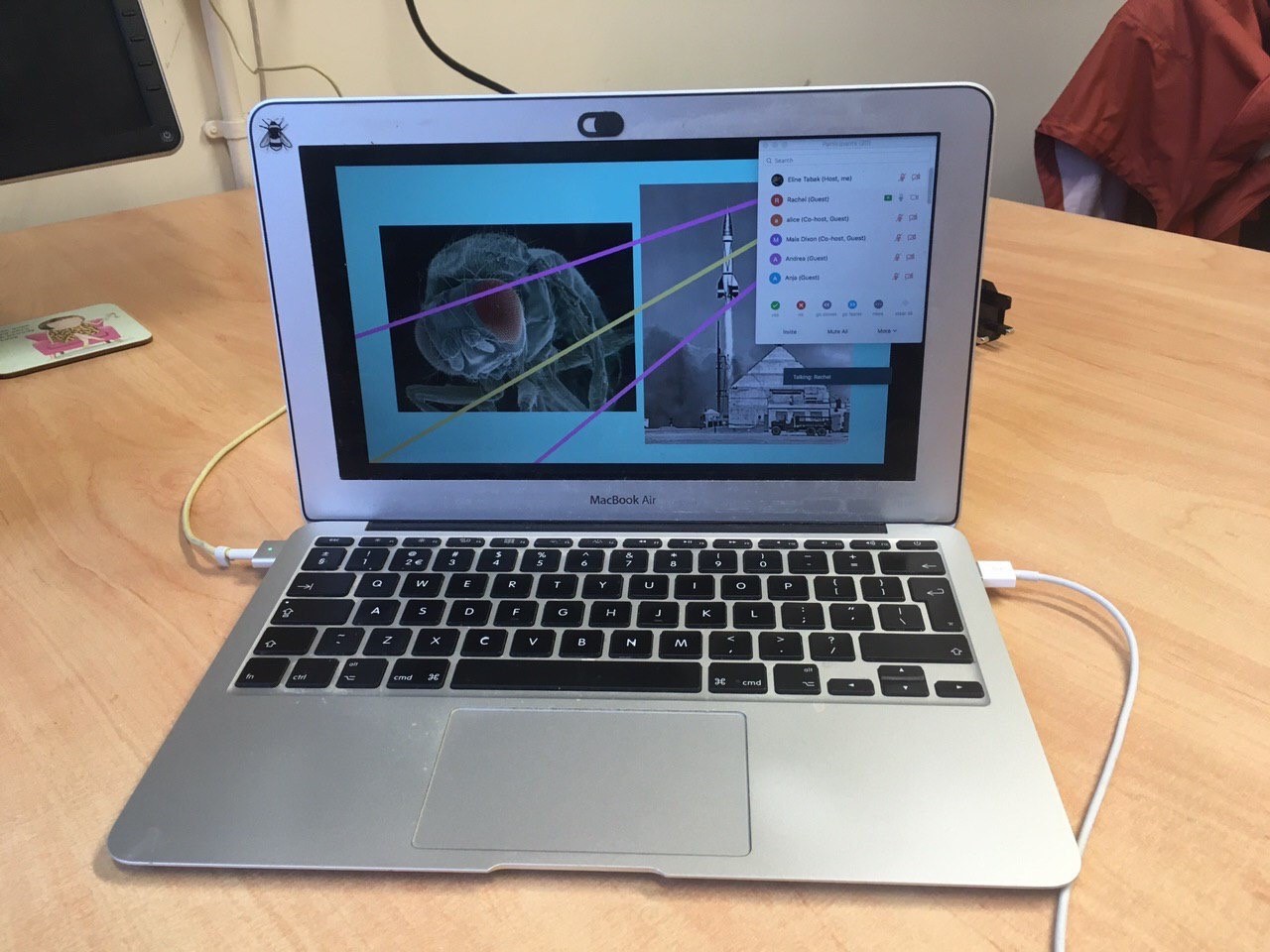(An-)Hydrous Environments: Rethinking Water in Environmental History
ESEH 2022 Summer School in Environmental History
University of Bristol, United Kingdom
10-13 July 2022
The Department of History at the University of Bristol with the support of the European Society for Environmental History (ESEH) and the South, West and Wales Doctoral Training Partnership are pleased to announce a four-day graduate school in environmental history hosted at the University of Bristol, United Kingdom. The summer school will follow the ESEH biannual conference in Bristol (4-8 July 2022) to offer intermediate to advanced graduate students the opportunity to present and discuss their work, to network with other researchers from across the world, and to experience and learn from the environments and technologies around Bristol.
The ESEH 2022 graduate school (An-)Hydrous Environments will explore the interrelationship between water and human society with monitoring the impacts of water on past environments and societies, and that of human society on waters. Relating to the environments at Bristol, the summer school will focus in particular on how societies have lived with, utilised and changed natural water bodies by means of technologies, management practices, and governance. At the same time, it will also explore the agency of the sea and its beings itself, allowing for more-than-human approaches within the broader blue humanities. In the summer school we will furthermore be looking for specific approaches and methods that could be useful for all of us who work with water-related issues, and explicitly aim to broaden water history to other states of matter, such as fog, precipitation, and frozen seas. We will discuss the diverse entanglements of water, societies, and technologies, with the aim to rethink water in environmental history.
The topic’s position at the intersection of environmental history, history of science and technology, and blue humanities, encourages to discuss, but is not limited to, issues such as:
• Environmental histories of seas, rivers, shorelines, and wetlands
• Utilisation of water resources and its technologies (e.g. energy, infrastructures)
• Governance of water supply, water resources, and water environments, incl. hydro-colonialism
• Management and mitigation practices
• Short- and long-term hydro-morphological changes (natural and artificial) and their impact on perception, law, and management
• Absences and abundances of water
• Public memory and socio-cultural perceptions (e.g. cultural practices, religion, climate extremes)
• Water bodies and water in bodies
• Agency of the sea and more-than-human agency of water bodies
The summer school is meant to be broad and inclusive in terms of themes, time periods, geographic regions, and disciplines, and we welcome applications with creative approaches towards the topic. Although the primary focus of the graduate school is historical, candidates from other fields are encouraged to apply in order to foster interdisciplinary dialogue.
It aims to gather around 20 doctoral students or recent post-docs together with junior and senior scholars who will all give formal and informal presentations, as well as feedback for promoting rich methodological discussions in a friendly atmosphere. Next to the keynote lectures and discussions, practical workshops and field trips will form an integral part of the summer school.
All participants are expected to submit a draft of a chapter or an article (approx. 4-5000 words) one month before the summer school, as well as to prepare a 10-minute oral presentation for the school. Students are furthermore expected to provide constructive feedback to other presentations. The working language of the summer school is English.
Interested doctoral students and immediate post-docs working on the above topics are welcome to apply. An application for the graduate school should consist of:
1. an abstract of your presentation and outline of research topic (ca. 350 words),
2. short CV (2 pages maximum),
3. a paragraph on what you hope to get out of the summer school (ca. 150 words).
We hope to be able to provide free accommodation (in shared rooms) and lunches for accepted applicants during this four-day seminar. Travel costs will likely have to be covered by the participants themselves. Since we do not expect COVID-related restrictions this summer, we are planning this graduate school as an in-person event.
We are committed to equality, diversity, and inclusion at the ESEH Summer School, and welcome applications from underrepresented communities.
Application deadline is 1 April 2022.
Please send your application in one single document with the subject line ESEH 2022 Summer School to both Nina Vieira (ninavieira@fcsh.unl.pt) and Melina Antonia Buns (melina.a.buns@uis.no).
Organising committee:
Adrian Howkins (University of Bristol)
Nina Vieira (FCSH NOVA University of Lisbon/CHAM-Centre for the Humanities)
Aditya Ramesh (The University of Manchester)
Andrea Kiss (Vienna University of Technology)
Melina Antonia Buns (University of Stavanger)
Click HERE to download the call in pdf.
The ESEH Summer School is co-organised with the South West and Wales Doctoral Training Partnership and the University of Bristol.



